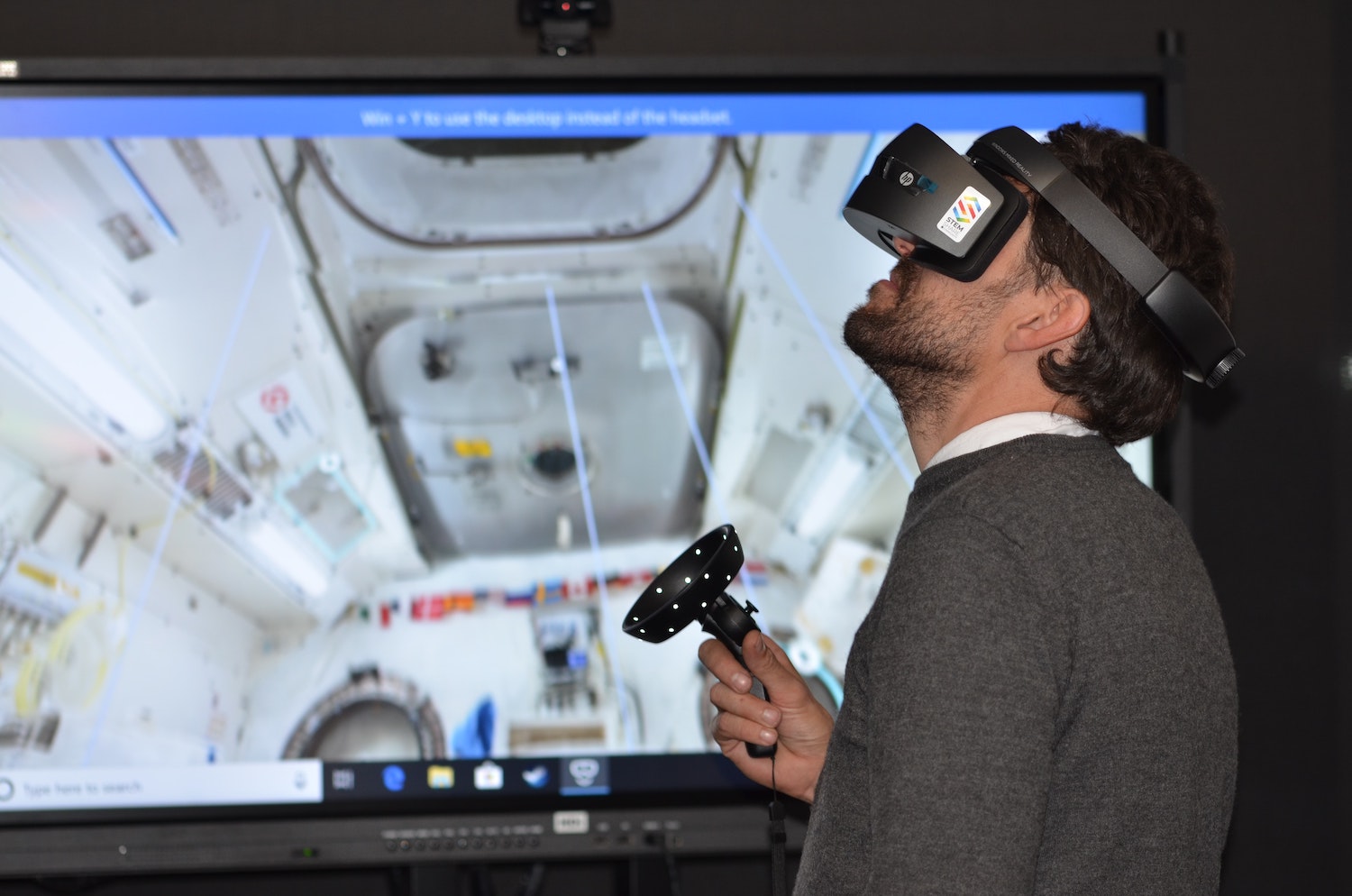
AR in nuclear
Today we look at AR and its potential in the nuclear field. Can this promising technology improve efficiency and safety in the nuclear sector?
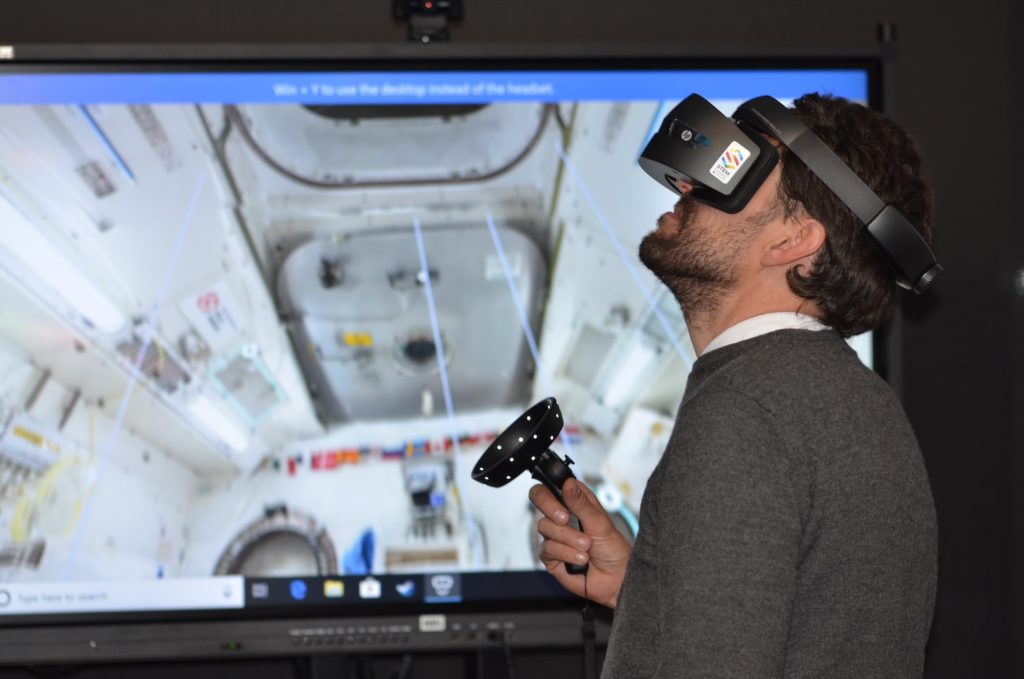
AR suite of products
There is indeed a lot of talk about Augmented Reality (AR) as part of an Industry 4.0 model, but, to set the record straight, AR is just one way to change reality, and Extended Reality (XR) represents the family of options.
Yes, XR covers the entire spectrum of real and virtual environments and is the umbrella term for Virtual Reality (VR), Augmented Reality (AR) and Mixed Reality (MR). I’ll refer to AR here, but in fact XR is the new global acronym englobing:
Augmented Reality (AR) adds digital elements to a live view. With AR, objects that are in the real world are augmented with computer-generated information. It has made its mainstream debut in games (Pokémon Go!, Snapchat lenses…), other consumer-based visualisation apps (rendering products in 3D in the real environment and in real time, i.e., see how furniture will look in your home before you buy it), or even as a guide to building your Ikea wardrobe!
AR gives the feeling that the virtual objects exist in the real environment and allows for a more spontaneous understanding than when using other interfaces such as paper-based or two-dimensional displays. AR is, in a sense, an augmented way of presenting information.
Then there is Virtual Reality (VR), which implies a complete immersion in the world outside the physical world. With VR devices (Oculus Rift, Magic Leap…) users can be transported into a series of real or invented environments without any connexion to the current real world.
Mixed reality (MR) combines elements of AR and VR. With MR real and digital objects interact. You have the possibility to scan the physical environment (existing machines or devices), seamlessly add digital information or holographic objects and interact with them.
How to apply AR in the nuclear sector
Some forms of Augmented Reality are currently used by large companies such as aerospace, car manufacturers or shipbuilding (for planning, retrofitting or testing prototypes). The big It allows them to process data more intuitively, saving time and money.
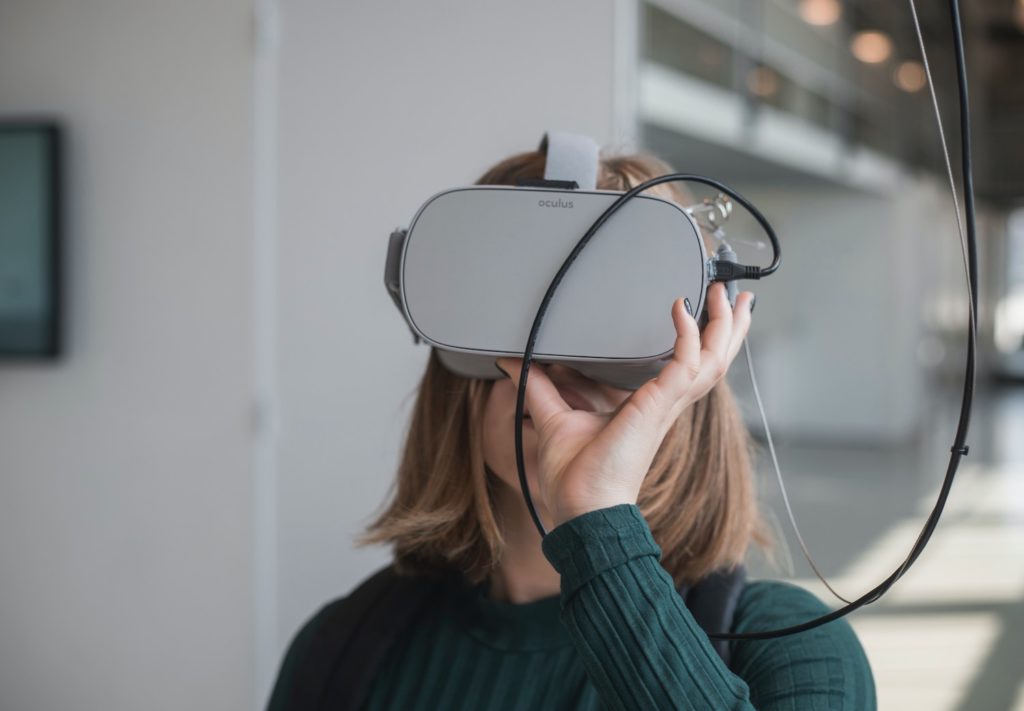
The uses of Augmented Reality could be many, including for industry. AR could allow you to replace your existing environment and create an environment that you can’t show in the real world or is too dangerous to access. It could also provide information to help you optimize your workforce, i.e. provide a worker with a head’s up display anytime they need it, make a training session more interactive and can even help you share your environment with others to create a virtual collaborative space… So from helping workers navigate the plant, to displaying hazardous areas, to making invisible plant parameters visible, the short answer is yes, these new technologies can definitely help the nuclear sector.
How easy it is deploy in our industry
When it comes to Augmented Reality and its potential in the nuclear field, the future use of AR is in some ways linked to key developments: Integration tools and image processing systems are an essential part of these key areas to watch.
Indeed, integrating AR with legacy (old enterprise) systems can be complex. Systems are often unique, are often operated differently… and all this makes it difficult for AR to integrate processes effortlessly.
Add to that the fact that computer vision is rapidly evolving. Tracking by detection and object recognition tools are getting better every day. Computer vision often uses marker-based tracking or common visual features of the landscape (a door, a window, a desk…). In an industrial context, it is tedious to place markers and measure their 3D positions in advance. New cameras with depth sensing are now starting to make markers obsolete and enable image processing techniques that facilitate real-time tracking.
These important improvements are paving the way for AR to finally meet the expectations of demanding industries like nuclear decommissioning. So maybe soon you’ll be going to your next augmented reality meeting as naturally as you would your conference call today.



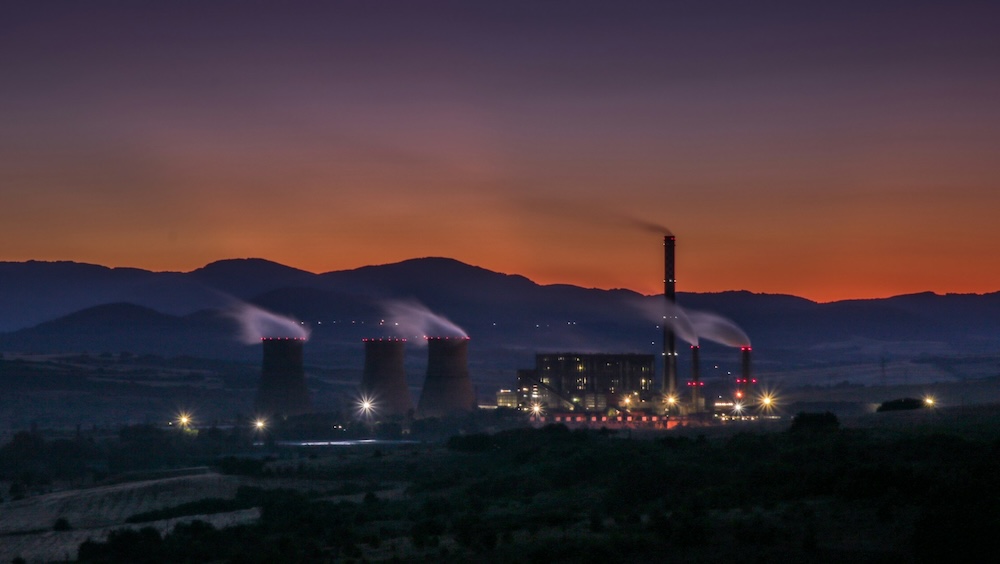
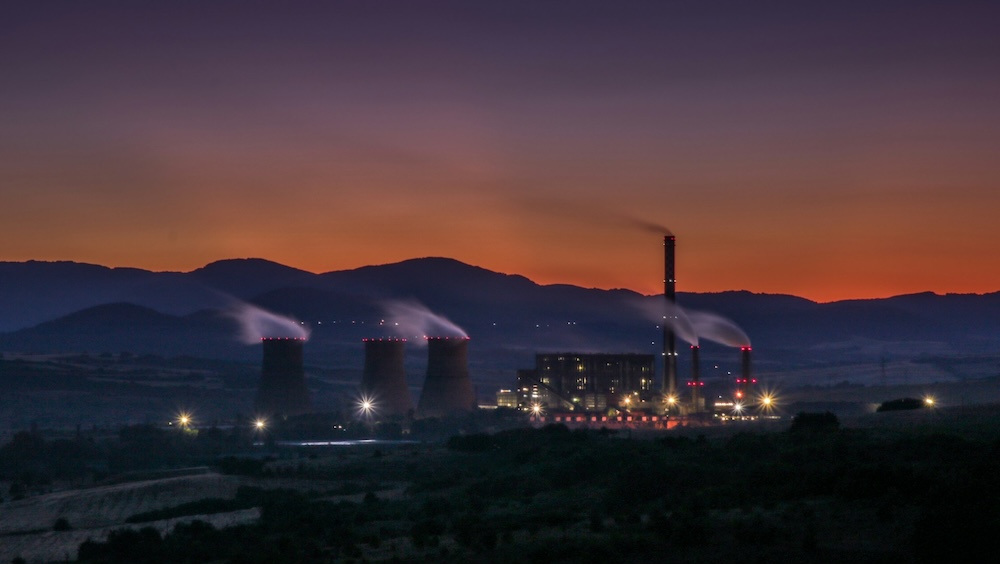
Leave a Reply
You must be logged in to post a comment.